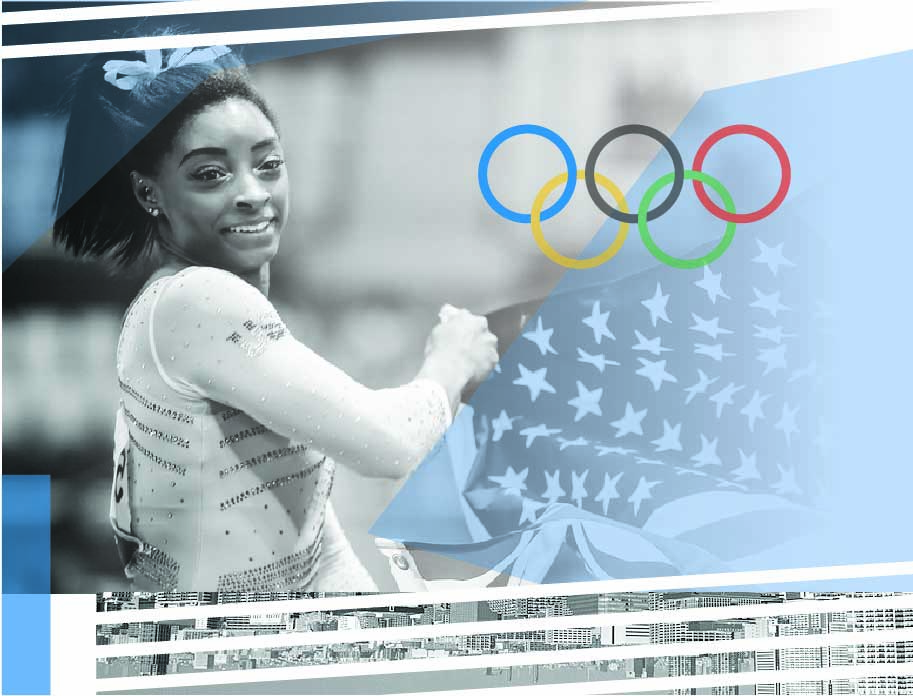
Dr Shintaro Sato
Associate Professor and Director of Sport X Management Lab. at Faculty of Sport Sciences, Waseda University, Japan. His primary research interests include consumer behavior in sport, tourism, and entertainment by interdisciplinary approaches (e.g., psychology, strategic management, and economics).

Section 1: Tokyo You & Mega-Events
- The rise of critical consciousness in Japan: An intangible and unintended legacy of the Tokyo 2020 Olympic Games
- Public relations as the key in the 2020 Tokyo Olympic and Paralympic Games
- Anti-sex beds? Fake news! : why this video went massively viral?
- Power sharing: Olympic sponsorship and the athlete’s personal brand
- Host city and mega-events: Olympic legacy in Japan
- Environmental leadership showcased in the Olympic Games
- How the female athletes of the Tokyo Olympics are reframing the way we think about motherhood
- Deliver a medal or apologize: A daunting task imposed on Japanese Olympians
- Simone Biles and prioritizing athlete well-being
- The soft power of the Olympics in the age of Covid 19
- The Tokyo 2020 Organizing Committee’s veil of effective public relations to help save itself and the start of the Games
- The typhoon games
- Tokyo 2020 Olympic Games, nationalism, identity and soft power
- Tokyo 2020, East Asian geopolitics and Olympic diplomacy
- What happened to Rule 40 at Tokyo 2020?
- Cultural programming at Tokyo 2020: the impossible Olympic festival city?
- A green Olympic legacy for future generations?
- Lessons from Tokyo: the impact of the Paralympics in Japan
- Let’s play! Inspiring an inclusive mindset with a hands-on Paralympic experience for children and teenagers in Japan.
- Counting cases, counting medals: Containing the Olympic contagion during the Tokyo Games
- Pride and burden of striving for perfection at the Olympics
- The Olympic Games and ambush marketing via social media
There are four different sponsorship levels in OPG – Worldwide partners, gold partners, official partners, and official supports. Worldwide partners directly sign the contract with International Olympic Committee (IOC), while national federations, including the Japan Olympic and Paralympic Committees (JOPC), conclude the contract with the lower-level partners. Sponsorship benefits that companies can derive from OPG differ depending on which levels of contracts they sign with. Developing the optimal sponsorship portfolio has been a long-discussed topic.
Back in 1984, the International Olympic Committee established a sponsorship policy – Category exclusivity – to maximize the sponsorship fee and the value for sponsoring companies. Specifically, category exclusivity is a policy that selects only one sponsor within its product or service category. Based on this policy, Coke and Pepsi for example, cannot be the sponsor of OPG at the same time. Since then, OPG has received tremendous financial investments from sponsoring companies in various product and service categories. National federations, including the Japan Olympic and Paralympic Committees, followed the category exclusivity policy until Tokyo 2020.
What’s happening in Tokyo 2020?
Tokyo 2020 is considered unique from the sponsorship perspective. IOC allowed JOPC to implement the sponsorship acquisition policy, which contradicted the category exclusivity. For example, NEC and Fujitsu from the electronics category co-exist in the gold partner list. Mizuho financial group and Mitsui Sumitomo financial group are considered the same case. Such instances are more prominent at the official partner level. Surprisingly, the overlaps among official partners are observed in eight product and service categories (i.e., tourism, security services, printing, airline, railroads, mailing services, foods, and newspapers).
The collapse of category exclusivity may generate various outcomes. Interestingly, eliminating the category exclusivity policy opened the door for multiple companies to raise their hands to be selected as JOPC sponsors, which led to the highest amount in the history of OPG sponsorship money from domestic companies. While this could be considered a positive outcome from the point of view of OPG, I would like to raise some questions as to whether it can generate positive outcomes for society. My scholarly concerns are mainly related to (1) sponsorship marketing and (2) media influence.
Potential detrimental impact of category exclusivity policy abolition
As a sport marketing scholar, the collapse of category exclusivity contradicts the basic premise of consumer psychology. The primary aim of OPG sponsorship is to develop brand recognition and a positive attitude by utilizing advertising effects and showcasing CSR activities. However, it could be challenging for companies to differentiate their sponsorship marketing activities from competitors in the same product and service category because OPG sponsorship model has heavily relied on granting sponsoring companies to use somewhat homogenous rights (e.g., emblem, logo, mascot). It may not be a good idea to allow various sponsoring companies to utilize such license rights because consumers cannot associate sponsoring companies with OPG easily.
Another potential detrimental outcome is media sponsors’ freedom of speech. As mentioned above, sponsoring companies are overlapped in eight product and service categories. In particular, four major companies crowd each other (i.e., Yomiuri, Asahi, Nikkei, and Mainichi) in the newspaper category. The media has an important responsibility to contribute to the right to know of all people so that each citizen should be able to judge things, form opinions, and discuss them freely. To do so, freedom of collecting materials and reporting them must be protected. Scholars should exercise caution to observe whether there are abnormal tendencies regarding the news contents. For example, how OPG legacies are portrayed in media sponsors of OPG could be an exciting research endeavor.

